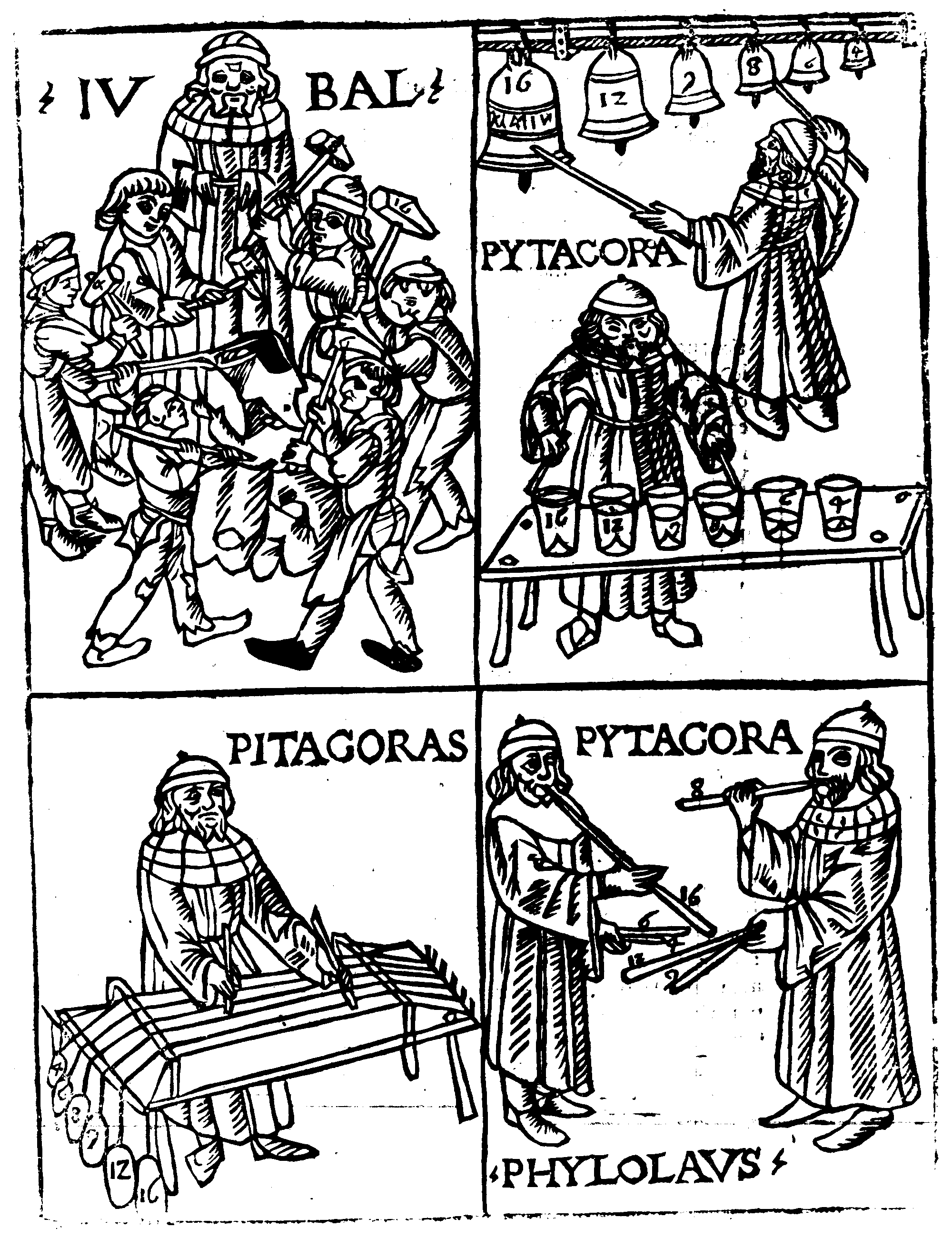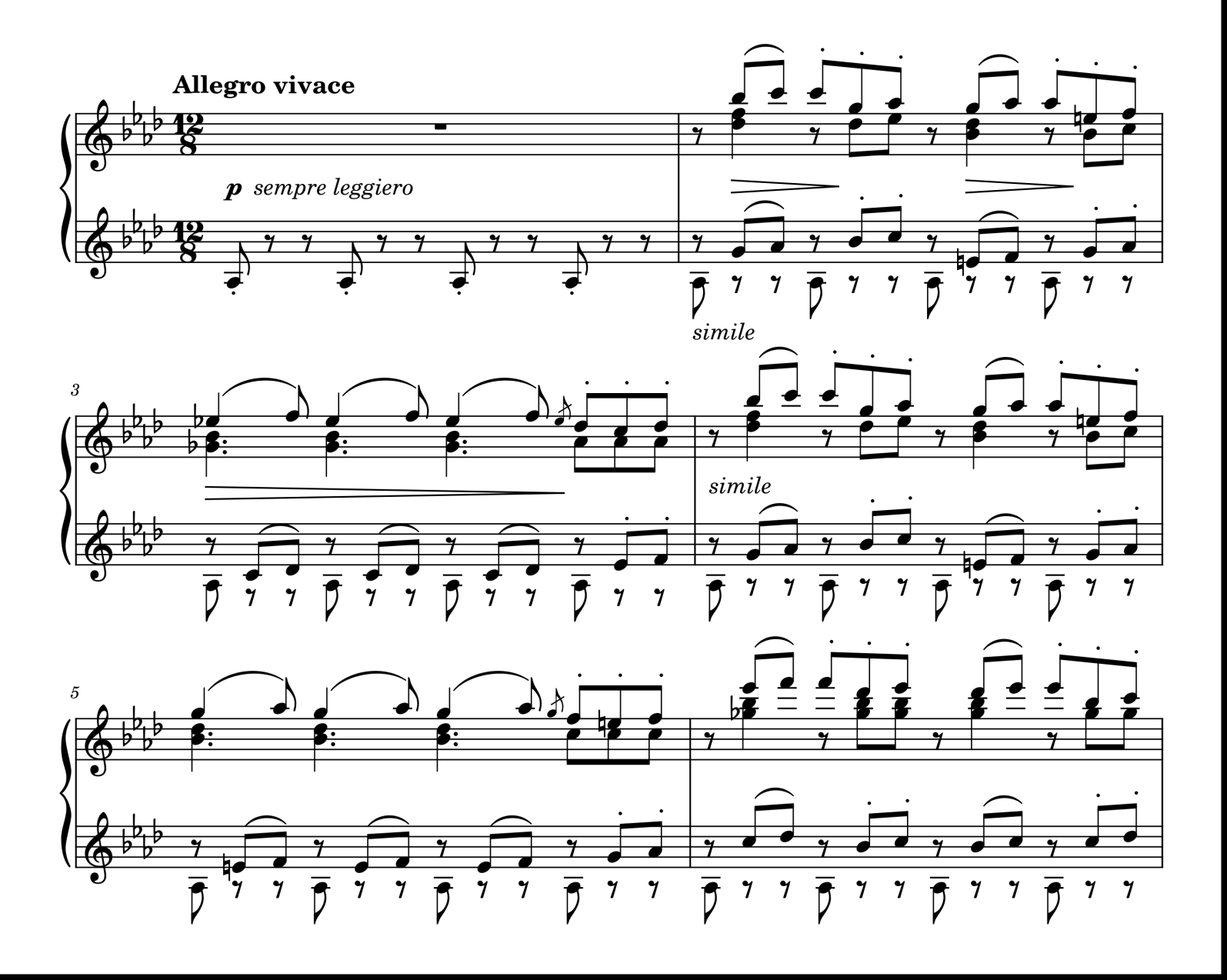|
Marco Schädler
Marco Schädler (born 2 March 1964, in Triesenberg) is a composer from Liechtenstein. He studied music at the conservatory in Feldkirch, Austria. Life and career As a child, Marco Schädler played music together with his father. At the age of nine, he became a temporary organist in the parish church of Triesenberg, and in Triesen. He was organist until 1998. From 1982 to 1988, he held a part-time position as a piano teacher at the Liechtenstein Music School. He has been a freelance artist and composer since 1988 (theater and ballet music, masses, orchestras, choral and chamber music, sound installations for film and various performances). Schädler studied piano, music theory, musical composition, early music theory and jazz theory at the Vorarlberg State Conservatory in Feldkirch, at the City of Basel Music Academy and at the St. Gallen Jazz School. He was a member of the “Liechtensteiner Gabarett” (“Das LiGa”, 1994–2006), since 2009 of OOS. In 1997, he founded ... [...More Info...] [...Related Items...] OR: [Wikipedia] [Google] [Baidu] |
Triesenberg
Triesenberg is a municipality in Liechtenstein with a population of 2,636. Its area of makes it the largest municipality in Liechtenstein. The center of the municipality rests at an elevation of . History Triesenberg is noted for its distinct dialect, dating from the influence of Walser migrants in the Middle Ages, who arrived in the region early in the 14th century.P. Christiaan Klieger, ''The Microstates of Europe: Designer Nations in a Post-Modern World'' (2014), p. 41 This dialect is actively promoted by the municipality. The existence of this dialect is one evidence of remarkable linguistic diversity within the small Principality, as it is spoken alongside the Standard German and Alemannic German, Alemannic dialect common to the country. Geography The municipality includes eight villages: Gaflei, Malbun, Masescha, Rotenboden, Silum, Steg (Liechtenstein), Steg, Sücka and Wangerberg. Malbun is the only ski-resort village in the country, located not far from the border with Au ... [...More Info...] [...Related Items...] OR: [Wikipedia] [Google] [Baidu] |
Liechtenstein
Liechtenstein (), officially the Principality of Liechtenstein (german: link=no, Fürstentum Liechtenstein), is a German language, German-speaking microstate located in the Alps between Austria and Switzerland. Liechtenstein is a semi-constitutional monarchy headed by the prince of Liechtenstein. Liechtenstein is bordered by Switzerland to the west and south and Austria to the east and north. It is List of European countries by area, Europe's fourth-smallest country, with an area of just over and a population of 38,749 (). Divided into Municipalities of Liechtenstein, 11 municipalities, its capital is Vaduz, and its largest municipality is Schaan. It is also the smallest country to border two countries. Liechtenstein is a Landlocked country#Doubly landlocked, doubly landlocked country between Switzerland and Austria. Economically, Liechtenstein has one of the List of countries by GDP (PPP) per capita, highest gross domestic products per person in the world when adjusted for ... [...More Info...] [...Related Items...] OR: [Wikipedia] [Google] [Baidu] |
Feldkirch, Vorarlberg
Feldkirch () is a medieval town in the western Austrian state of Vorarlberg, bordering on Switzerland and Liechtenstein. It is the administrative centre of the Feldkirch district. After Dornbirn, it is the second most populous town in Vorarlberg. The westernmost point in Austria lies in Feldkirch on the river Rhine, at the tripoint between Austria, Switzerland, and Liechtenstein. History This beautiful medieval town, which remains well preserved to this day, was mentioned as a city for the first time in 1218, after Count Hugo von Montfort built the "Schattenburg", a castle which still is the major landmark of Feldkirch. Other sights in the town include the Gothic-style cathedral of St. Nikolaus. Feldkirch was the birthplace of Rheticus, and is currently the seat of the Roman Catholic Diocese of Feldkirch. From 1651 to 1773 and from 1856 to 1979, Feldkirch was the home of the Jesuit school Stella Matutina. March 1799 saw two clashes between the forces of the First Fren ... [...More Info...] [...Related Items...] OR: [Wikipedia] [Google] [Baidu] |
Austria
Austria, , bar, Östareich officially the Republic of Austria, is a country in the southern part of Central Europe, lying in the Eastern Alps. It is a federation of nine states, one of which is the capital, Vienna, the most populous city and state. A landlocked country, Austria is bordered by Germany to the northwest, the Czech Republic to the north, Slovakia to the northeast, Hungary to the east, Slovenia and Italy to the south, and Switzerland and Liechtenstein to the west. The country occupies an area of and has a population of 9 million. Austria emerged from the remnants of the Eastern and Hungarian March at the end of the first millennium. Originally a margraviate of Bavaria, it developed into a duchy of the Holy Roman Empire in 1156 and was later made an archduchy in 1453. In the 16th century, Vienna began serving as the empire's administrative capital and Austria thus became the heartland of the Habsburg monarchy. After the dissolution of th ... [...More Info...] [...Related Items...] OR: [Wikipedia] [Google] [Baidu] |
Piano
The piano is a stringed keyboard instrument in which the strings are struck by wooden hammers that are coated with a softer material (modern hammers are covered with dense wool felt; some early pianos used leather). It is played using a musical keyboard, keyboard, which is a row of keys (small levers) that the performer presses down or strikes with the fingers and thumbs of both hands to cause the hammers to strike the strings. It was invented in Italy by Bartolomeo Cristofori around the year 1700. Description The word "piano" is a shortened form of ''pianoforte'', the Italian term for the early 1700s versions of the instrument, which in turn derives from ''clavicembalo col piano e forte'' (key cimbalom with quiet and loud)Pollens (1995, 238) and ''fortepiano''. The Italian musical terms ''piano'' and ''forte'' indicate "soft" and "loud" respectively, in this context referring to the variations in volume (i.e., loudness) produced in response to a pianist's touch or pressure on ... [...More Info...] [...Related Items...] OR: [Wikipedia] [Google] [Baidu] |
Music Theory
Music theory is the study of the practices and possibilities of music. ''The Oxford Companion to Music'' describes three interrelated uses of the term "music theory". The first is the "Elements of music, rudiments", that are needed to understand music notation (key signatures, time signatures, and rhythmic notation); the second is learning scholars' views on music from antiquity to the present; the third is a sub-topic of musicology that "seeks to define processes and general principles in music". The musicological approach to theory differs from music analysis "in that it takes as its starting-point not the individual work or performance but the fundamental materials from which it is built." Music theory is frequently concerned with describing how musicians and composers make music, including tuning systems and composition methods among other topics. Because of the ever-expanding conception of Definition of music, what constitutes music, a more inclusive definition could be the ... [...More Info...] [...Related Items...] OR: [Wikipedia] [Google] [Baidu] |
Musical Composition
Musical composition can refer to an Originality, original piece or work of music, either Human voice, vocal or Musical instrument, instrumental, the musical form, structure of a musical piece or to the process of creating or writing a new piece of music. People who create new compositions are called composers. Composers of primarily songs are usually called songwriters; with songs, the person who writes lyrics for a song is the lyricist. In many cultures, including Western classical music, the act of composing typically includes the creation of music notation, such as a sheet music, sheet music "score," which is then performed by the composer or by other musicians. In popular music and Folk music, traditional music, songwriting may involve the creation of a basic outline of the song, called the lead sheet, which sets out the melody, lyrics and chord progression. In classical music, orchestration (choosing the instruments of a large music ensemble such as an orchestra which will ... [...More Info...] [...Related Items...] OR: [Wikipedia] [Google] [Baidu] |
Jazz Theory
Jazz harmony is the theory and practice of how chords are used in jazz music. Jazz bears certain similarities to other practices in the tradition of Western harmony, such as many chord progressions, and the incorporation of the major and minor scales as a basis for chordal construction. In jazz, chords are often arranged vertically in major or minor thirds, although '' stacked fourths'' are also quite common. Also, jazz music tends to favor certain harmonic progressions and includes the addition of ''tensions'', intervals such as 9ths, 11ths, and 13ths to chords. Additionally, scales unique to style are used as the basis of many harmonic elements found in jazz. Jazz harmony is notable for the use of seventh chords as the basic harmonic unit more often than triads, as in classical music. In the words of Robert Rawlins and Nor Eddine Bahha, "7th chords provide the building blocks of jazz harmony." The piano and guitar are the two instruments that typically provide harmony for ... [...More Info...] [...Related Items...] OR: [Wikipedia] [Google] [Baidu] |
City Of Basel Music Academy
The City of Basel Music Academy (german: Musik-Akademie der Stadt Basel) is an institution for music education, located in Basel, Switzerland. It comprises a music school, college of music, and a center for early music research and performance. History The origins of the City of Basel Music Academy go back to 8 December 1867, when philanthropist Johann Jakob Schäublin-Vögtlin founded a music school (''Allgemeine Musikschule'') in Basel with support from the Gesellschaft für das Gute und Gemeinnützige (GGG). Selmar Bagge was the school's first director (1868-1896). The composer Hans Huber was director from 1896 to 1918, and in 1905 he oversaw the addition of a college of music (Hochschule für Musik Basel), the first conservatory in German-speaking Switzerland. Conductor Hans Münch served as the school's director from 1935–1947. In 1954 the school incorporated the Schola Cantorum Basiliensis, one of the world's leading early music institutions. Together the three instituti ... [...More Info...] [...Related Items...] OR: [Wikipedia] [Google] [Baidu] |
Vaduz
Vaduz ( or , High Alemannic pronunciation: [])Hans Stricker, Toni Banzer, Herbert Hilbe: ''Liechtensteiner Namenbuch. Die Orts- und Flurnamen des Fürstentums Liechtenstein.'' Band 2: ''Die Namen der Gemeinden Triesenberg, Vaduz, Schaan.'' Hrsg. vom Historischen Verein für das Fürstentum Liechtenstein. Vaduz 1999, S. 430–435. is the capital of Liechtenstein and also the seat of the national parliament. The city, which is located along the Rhine River, has 5,696 residents. The most prominent landmark of Vaduz is Vaduz Castle, being perched atop a steep hill overlooking the city. It is home to the reigning prince of Liechtenstein and the Liechtenstein princely family. The city's distinctive architecture is also displayed in landmarks such as the Cathedral of St. Florin, Government House, City Hall, the National Art Gallery, as well as the National Museum. Although Vaduz is the best-known town in the principality internationally, it is not the largest; neighbouring Schaan has ... [...More Info...] [...Related Items...] OR: [Wikipedia] [Google] [Baidu] |
Switzerland
; rm, citad federala, links=no). Swiss law does not designate a ''capital'' as such, but the federal parliament and government are installed in Bern, while other federal institutions, such as the federal courts, are in other cities (Bellinzona, Lausanne, Lucerne, Neuchâtel, St. Gallen a.o.). , coordinates = , largest_city = Zurich , official_languages = , englishmotto = "One for all, all for one" , religion_year = 2022 , religion_ref = , religion = , demonym = , german: link=no, Schweizer/Schweizerin, french: link=no, Suisse/Suissesse, it, svizzero/svizzera or , rm, Svizzer/Svizra , government_type = Federal assembly-independent directorial republic , leader_title1 = Federal Council , leader_name1 = , leader_title2 = , leader_name2 = Viktor Rossi , legislature = Federal Assembly , upper_house = Counci ... [...More Info...] [...Related Items...] OR: [Wikipedia] [Google] [Baidu] |



